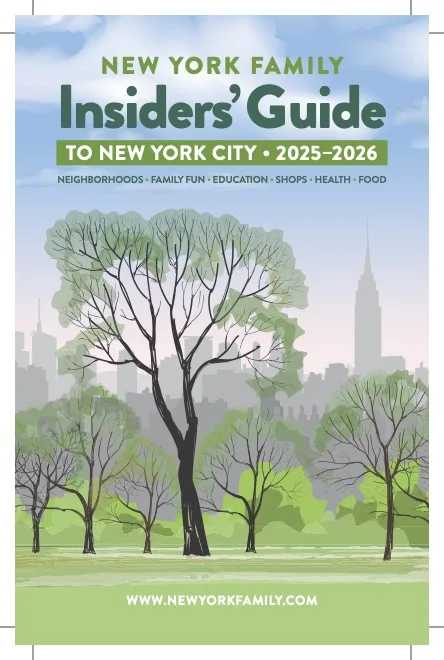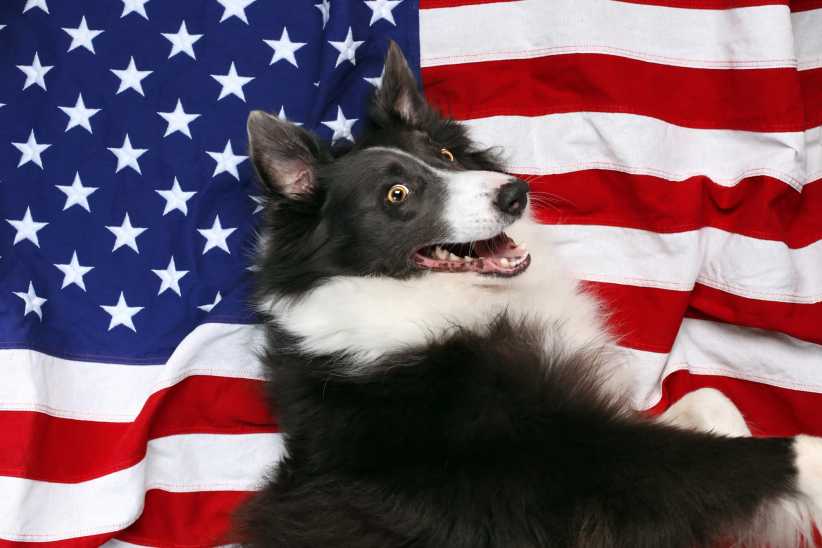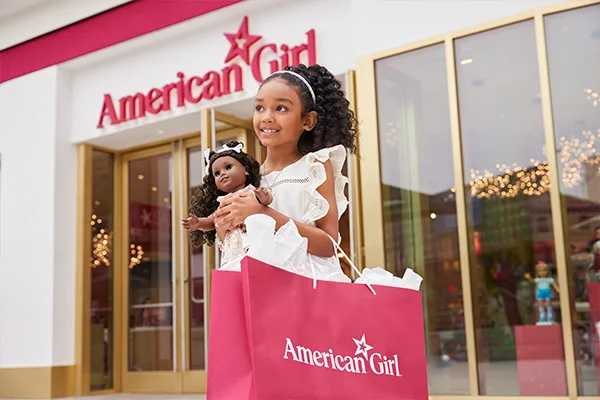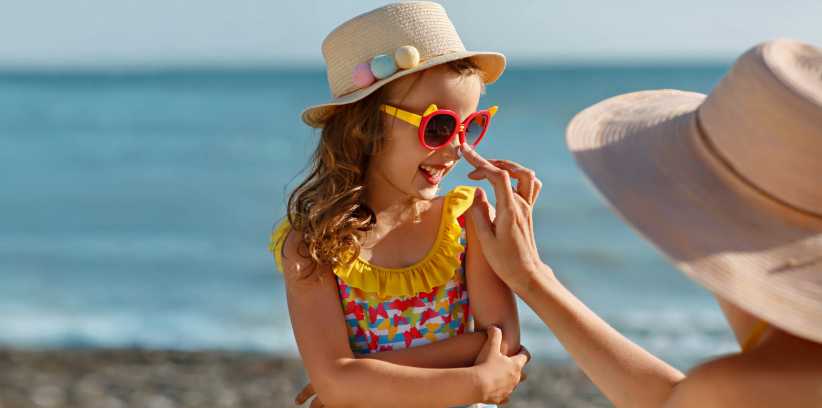There’s nothing like the fun of tearing at colorfully wrapped gifts to make a celebration exciting for a kid. The mere sight of a bow-bedecked box can elicit shrieks of delight.
And no wonder — a study by Daniel Howard of Southern Methodist University found that, due to positive association, recipients automatically feel more favorably about owning a gift when it has been wrapped. Which may also explain why the tradition of disguising gifts is such a long-standing one. Some date it back to 105 AD in China.
But for the environmentally conscious, this practice can be cringe inducing. How to please the birthday boy or girl and still care for the earth? Try one of the following options:
The Sunday funnies
For years, thrifty folks have used full-color Sunday comics pages for wrapping gifts. The large newsprint pages fit most smaller packages, or you can use multiple spreads for a larger box. Save each week’s funnies to build up your wrapping stash.
Or simply grab the current Sunday pages from your recycling bin.
Outdated maps
Did you know that your car’s door pockets and glove box can be sources of giftwrap? Cull any outdated maps and move them to your giftwrap bin. After a road trip, instead of discarding any maps collected, keep them to have on hand for the next celebration. The bright color and larger-sized pages make for great gift coverings, especially for guys.
Or add a decorative touch to any present by cutting maps into strips and winding them around a pen or pencil to create curls. Then tape a group of curls to the top of a wrapped package.
Retail shopping bags
Ever since Hallmark introduced the first handled paper gift bag in 1987, Americans have favored presenting gifts in decorative bags. Instead of buying bags specifically for gifts, why not use the cute shopping bags from retail chains you frequent?
American Girl and Vera Bradley’s shoppers with their vibrant glossy colors and braided handles make alternatives as nice (and often stronger) than the “real thing.” Be selective about which shopping bags you recycle and save the best for wrapping gifts. When a gift-giving occasion arises, take a few minutes to cover the company logo or name on the bag with stickers or decorative paper scraps. Add tissue, or for an even greener filler, use shredded paper, such as the shiny pages of last month’s magazine. Tie on a tag or add a card, and you’re set.
Empty Altoids tin
Care for a mint? If you have an Altoids lover in your household, you have on hand the perfect gift-card container. Simply wipe out the powdery residue from the empty candy tin. Then paint the top and sides with a layer of acrylic craft paint, glue on some cardstock, write your greeting, and insert the gift card. For a two-in-one gift, decorate the top with a refrigerator magnet instead — it will stick readily to the metal tin.
Fabric
Think outside of the box by using fabric to cover a gift. The Japanese originated the use of a fabric wrap during the Edo period (1608–1868). Furoshiki, as the colorful, reusable cloth wrappers are called, began as a means for carrying personal items to the public baths, before being adopted as an all-purpose wrap.
Create your own furoshiki out of any available cloth. Wrap a hand towel around bath toys. Buy a bandana in the recipient’s favorite color. If you sew, pull scraps from your fabric bin and secure with a long fabric strip tied in a bow.
Paper grocery bags
Next time you buy groceries, ask the bagger to use one or two paper bags in place of plastic or your reusable cloth bags. Kraft paper grocery bags can be cut open and turned inside out. Then have your children color a design on it, or stamp images to decorate before taping around a gift.
Treasure hunt
Instead of wrapping your gift, tuck a clue written on paper in a small, bow-topped box instead. Create a series of clues, each one hidden in a location prompted by the previous clue. At the final location, hide the gift. This works especially well for large and oddly-shaped gifts that are difficult to wrap or consume large amounts of paper.
• • •
Keep your eyes open for other alternatives to traditional paper giftwrap. After all, even sheets and rolls of giftwrap originated as an alternative to customary wrappings. In 1917 the Hall Brothers’ stationery store ran out of tissue sheets commonly used for wrapping gifts. As a quick solution, it brought out decorative French envelope lining papers from the manufacturing plant and offered them for 10 cents a sheet. Customers loved them and bought out the supply, both that year and the next. Thus Hallmark started the business of giftwrap, which has expanded now to a nearly $3 billion dollar industry.
Have fun trying new, earth-friendly methods for packaging your gifts. You may surprise and amuse yourself as much as your recipient.
Lara Krupicka is a parenting journalist and mom of three who keeps plenty of old maps and Altoid tins on hand for gift wrapping.
It’s a calendar. No, it’s gift wrap accessories
If you appreciate artistic recycled gift packaging, tags, and cards, check out the Paper Source Wall Art Calendar. Enjoy 12 months of beautiful calendar spreads. Then when the year ends, flip the pages over and cut out the templates for notecards, pillow boxes, and other gift wrappings. Purchase at your local Paper Source store or online at www.papersource.com.






















